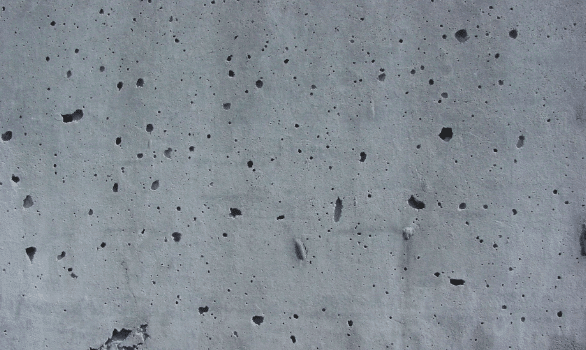Ways To Treat Bugholes In Concrete In El Cajon

- If you’re working with fresh concrete and have some of the original slurry mixture left from the initial pour, you may be able to use it as a filler for any bugholes. Simply mix it into a paste-like consistency and fill up the bughole with it before troweling smooth.
- If the original slurry is unavailable, you can create a new mixture in order to fill the bugholes and even out the surface. To do this, simply mix one part water and two parts Portland cement together in a bucket until it reaches a paste-like consistency. Apply the mixture to the bughole with a trowel and then use another trowel to level it off with the rest of the concrete surface.
- Another option for filling bugholes is epoxy resin, which can be used on both newly poured or existing concrete surfaces. It’s important to ensure that any dirt or debris inside the divot is removed before applying the epoxy in order to get the best possible results. Once the bughole has been cleaned, mix up the epoxy according to the instructions and apply it with a trowel or putty knife. After it dries, you can then sand down the surface for a smooth finish.
- If you’re dealing with larger divots or holes, grout may be a better option than slurry or epoxy resin. To use grout, simply mix one part Portland cement and three parts sand together before adding enough water to form a thick paste-like consistency. Apply this mixture into the hole and level off with a trowel before allowing it time to dry completely.
- If you need to fill and level large holes or divots, patching compounds are a great way to do it. These compounds come in ready-to-use forms that can be applied directly into the bughole with a trowel and then leveled off before drying.
FAQ’s
What Causes Concrete Bug Holes?
Bug holes are usually caused by improper troweling or vibration during the finishing process, or due to weathering over time.
What Materials Do You Need To Fill Air Holes In Concrete Walls?
Air holes in concrete walls can be filled with different materials, a mixture of one part water and two parts Portland cement, epoxy resin, grout (1 part Portland cement and 3 parts sand), or patching compound.
How Long Does It Take For Patching Compound Mix To Dry?
It depends on the type of patching compound being used, but generally it takes 1-2 hours for the patching compound to dry completely. After drying, you may need to use a sander to smooth out the surface.
Conclusion
It is important to address bugholes in concrete as soon as they appear in order to maintain the structural integrity and aesthetic of the surface. Fortunately, there are numerous ways to effectively treat bugholes, ranging from filling with existing slurry to applying patching compounds. With these tips, you can make sure your concrete surfaces last for years to come. For more information regarding concrete construction, contact Concrete Contractor El Cajon at (619) 473-4433.